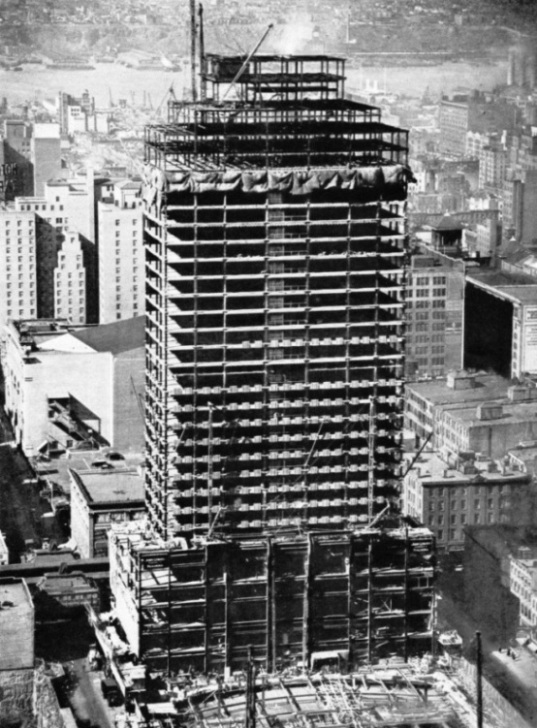

© Wonders of World Engineering 2014-




Part 17
Part 17 of Wonders of World Engineering was published on Tuesday 22nd June 1937, price 7d.
Part 17 includes a photogravure supplement showing The World’s Highest Buildings, which illustrates the article on this subject.
The Cover
This week’s cover shows the tallest building in the world, the Empire State Building in New York. How this huge structure, 1,250 feet high, was built is described in the chapter this week entitled The World’s Highest Buildings.
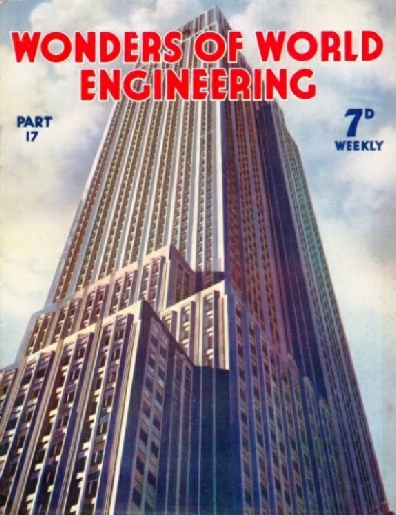
Contents of Part 17
Great Danish Bridges (Part 2)
The construction of the Little Belt Bridge and the Storstrom Bridge. The article is concluded from part 16 and is the fifth article in the series Linking the World’s Highways.
Modern Telephone Exchanges
More than a thousand million telephone calls were made during 1936 in the London area alone. The modern automatic exchanges which made this possible are marvels of ingenuity. This chapter describes the workings of the automatic telephone. The modern telephone exchange is a wonderful place, and represents the triumph of a highly specialized branch of electrical engineering. The magnitude of the task which is daily performed by the telephone system can be realized when we consider that in the area known as the London Tele-communications Region , over a thousand million telephone calls were dealt with in 1936. This chapter explains how this amazing task is carried out.
The World’s Highest Buildings
The skyscrapers of New York and other American cities rise to heights of 500 feet or more above the level of the streets. These giant buildings have been evolved with the object of solving modern problems of congestion. Engineers, therefore, as many as fifty years ago, considered the possibilities of building the tall structures which we now know as skyscrapers. Yet there are definite limits to the height of a building. Foundations will support only a definite weight, and to go on adding stories to the building will only increase the weight until the point is reached when the foundation will no longer hold it. Yet engineers have succeeded in raising buildings in New York to great heights, and they maintain that it would be possible to build to a height of 3,000 feet and even more. This is done by the use of a strong steel frame, and so when we see a modern building erected, the steel frame or skeleton is the first to go up.
The World’s Highest Buildings (photogravure supplement)
Contents of Part 17 (continued)
Evolution of the Photo-Cel l
From the accidental discovery that selenium was sensitive to light has developed a wide range of instruments and equipment which the engineers can use to assist him in his work. In 1873, a scientist named Willoughby Smith was using selenium as a resistance in an experiment with telephone receivers. In this experiment it was discovered incidentally and accidentally that the selenium was affected by light. This discovery released a flood of inventions, and the evolution of photoelectric and light-sensitive cells is described in this chapter.
Taming the Euphrates (Part 1)
Near the site of a former barrage, built thousands of years ago, desert lands of Iraq have been made fertile by the building of a barrage to control the refractory waters of the River Euphrates. This chapter describes the building of the Hindiya Barrage. The chapter is concluded in part 18 and is the sixth article in the series Triumphs of Irrigation.
The World’s Highest Buildings:
Photogravure Supplement
1,250 FEET ABOVE THE STREET is the airship mooring mast at the top of the Empire State Building. Tall as are the other buildings in the neighbourhood of Fifth Avenue, they are all dwarfed by this colossal structure. It was built in accordance with the zoning laws of 1916, by which only a quarter of the available site may be built up to any height desired. At prescribed heights, too, the building line must be stepped back a specified amount.
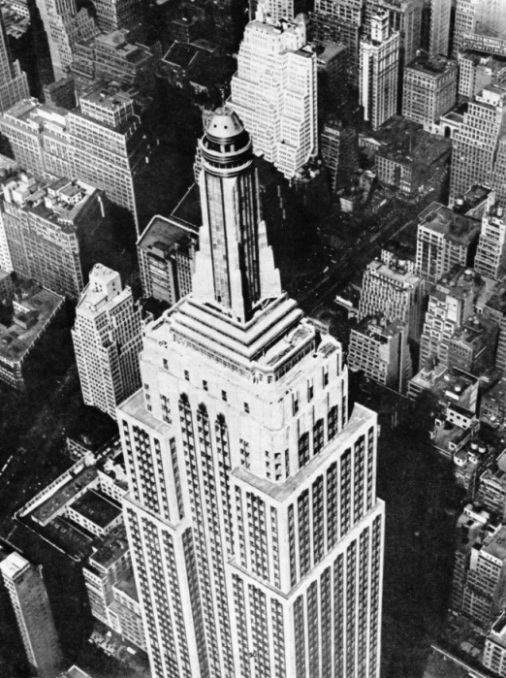
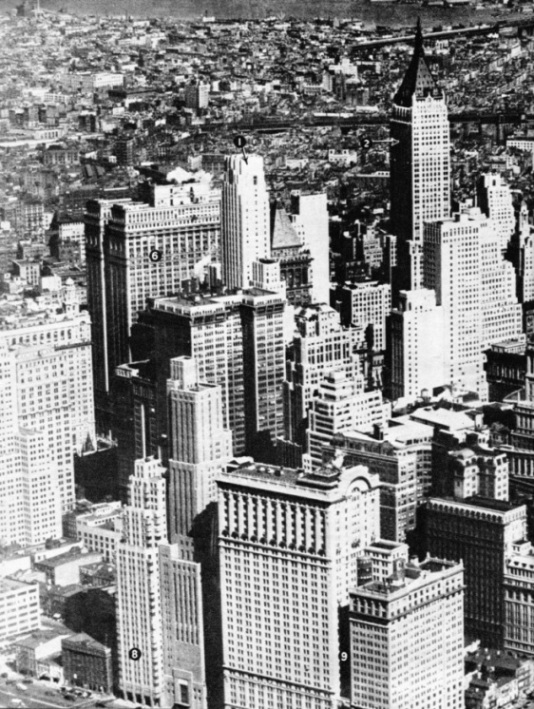
The World’s Highest Buildings:
The Skyscraper District (1)
THE SKYSCRAPER DISTRICT of New York is centred at the south of Manhattan. In the background of the photograph are the Brooklyn and Manhattan Bridges across the East River.
The buildings numbered in this view are:
1. City Bank Farmer’s Trust Building.
2. Manhattan Bank.
6. Equitable Building.
8. Down Town Athletic Club.
9. Whitehall Building.
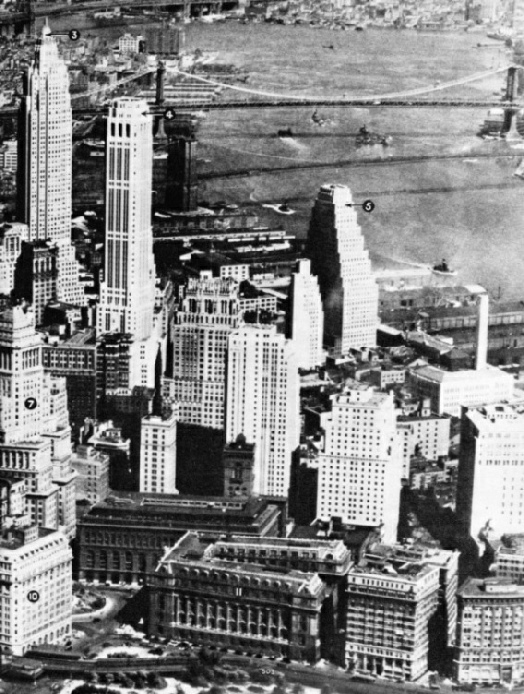
The World’s Highest Buildings:
The Skyscraper District (2)
THE SKYSCRAPER DISTRICT of New York is centred at the south of Manhattan. In the background of the photograph are the Brooklyn and Manhattan Bridges across the East River.
The buildings numbered in this view are:
3. Cities Service Building.
4. International Telephone Building.
5. 120, Wall Street.
7. Standard Oil Building.
10. No 1, Broadway.
11. US Customs Building.
